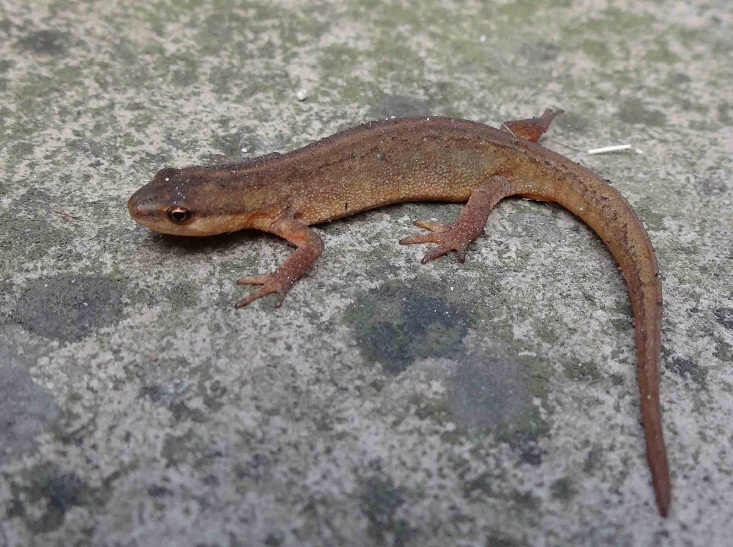Common Newt
The Common Newt is a European species of amphibian that are found in seven different subspecies. Depending upon subspecies, these newts can vary in color; however, the most common color is brownish yellow. This salamander was first spotted in Australia in 2011 and has presently become an invasive species. The toxic secretion produced by their skin is potent enough to affect any predator, including the larger ones like birds and snakes.
Scientific Name – Lissotriton Vulgaris
Classification – Lissotriton
Gender Names – Male – boar; Female – sow; Baby – eft
Collective Noun – Herd, congress
Length/Size – Varies between subspecies; average is 10 cm
Life Expectancy – Up to 14 years in the wild; up to 20 in captivity
Mating Season – Spring
Special Features – The males can be identified with the comb-like structure on the neck, and their reddish color during the mating season (springtime)
Geographical Distribution – Extensively spread almost all over Europe except of the far northern regions, the south of France, and the Iberian Peninsula
Natural Habitat – Marshy meadows, edges of field edges, in the parks, gardens, and in the woods or under stone piles
Conservation Status – Least Concern
Diet – Primarily aquatic invertebrates when living in water, while worms, snails, slugs, beetles and flies on land
Predators – Birds, lizards, turtles, fish, snakes, and mammals

